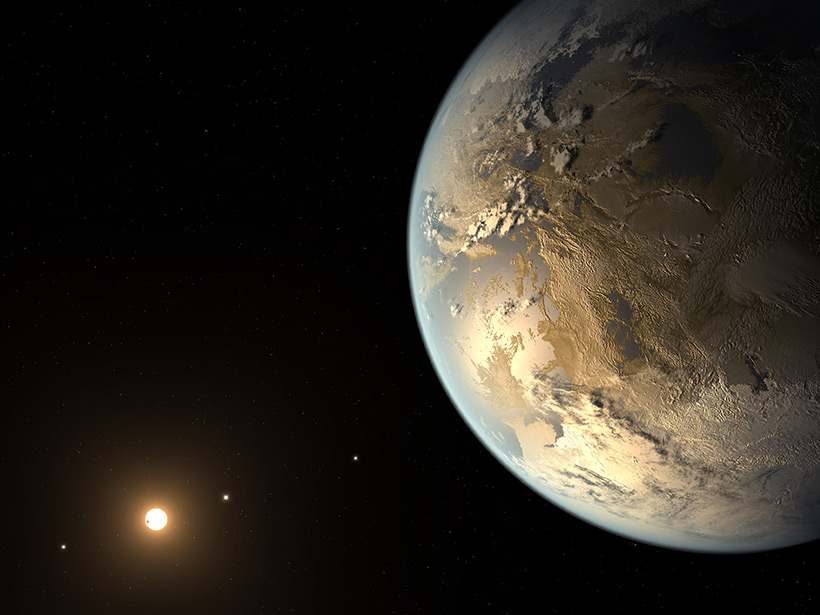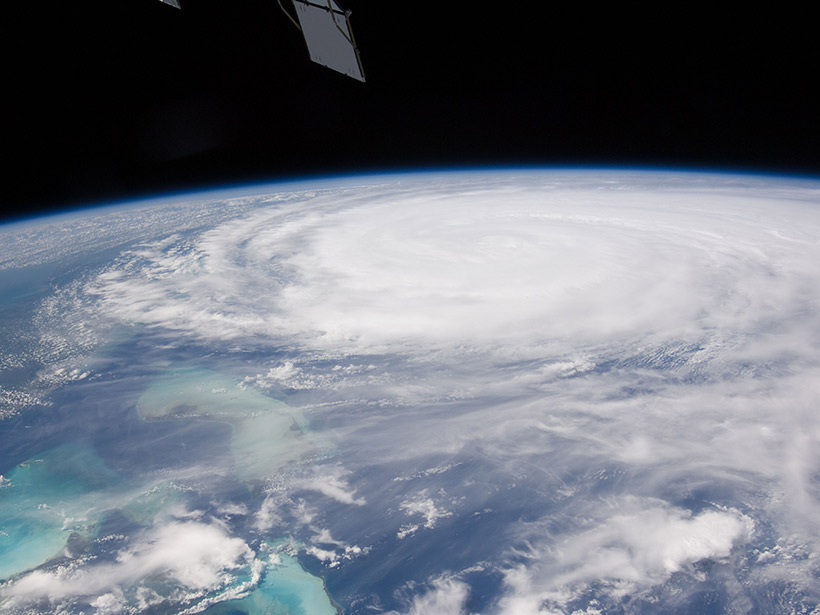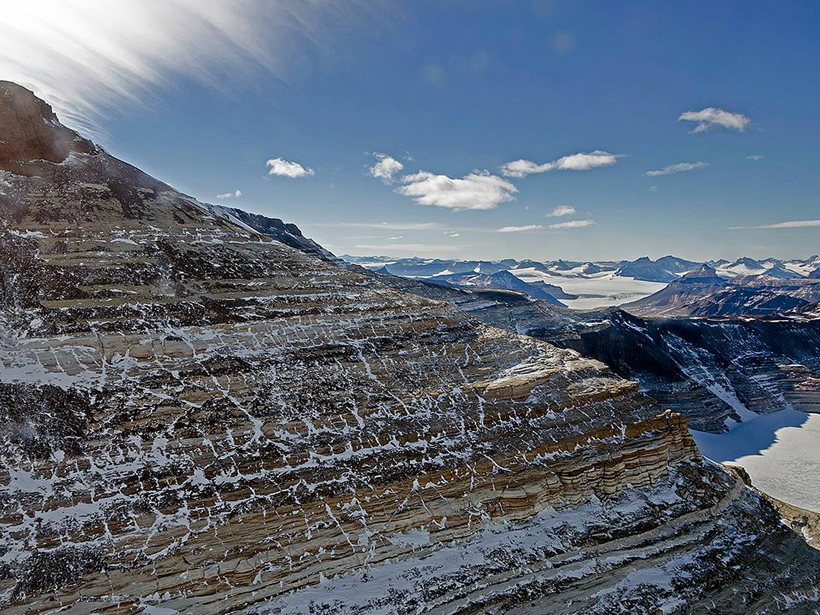Scientists show long-term changes in the Intertropical Convergence Zone's location, extent, and rainfall intensity.
Sarah Stanley
Sarah Stanley, a freelance writer for Eos, has a background in environmental microbiology but covers a wide range of science stories for a variety of audiences. She has also written for PLOS, the University of Washington, Kaiser Permanente, Stanford Medicine, Gladstone Institutes, and Cancer Commons, a nonprofit that works with cancer patients.
Becoming Habitable in the Habitable Zone
Scientists explore how interactions between a rocky planet's climate, mantle, and core can affect its evolution and determine whether it could sustain life.
When Rivers and Tides Collide
Scientists review several decades of research on the complex freshwater reach where fluvial and tidal forces meet.
Eating Less Meat, Wasting Less Food Could Save Water Worldwide
In tandem, two strategies could lower water consumption by 28% and ensure better water supply for more than 600 million people.
What Causes Long-Term North Atlantic Surface Temperature Cycles?
New evidence strengthens a likely link between 20- to 40-year sea surface temperature fluctuations and varying ocean circulation patterns.
Volcanic Lightning Could Aid Hazard Response During Eruptions
Lightning and ash plume dynamics reflected eruption behavior and signaled the onset of fast-moving rock and gas flows during the 2015 eruption of Chile's Calbuco volcano.
Glacial Meltwater Features Depend on Glacier Type and Location
With climate change, some glaciers will melt faster than others, altering the proportions of nutrients in meltwater and changing downstream ecosystems.
Antarctica Gets a New Gravity Map
A comprehensive collection of variation in Earth's gravity could aid studies of the Antarctic geoid and of Antarctica's geology and ice sheet dynamics.
Recent Studies Crack Open New Views of Glacial Crevasses
Scientists review 60 years of direct and remote observations of crevasses and the models used to simulate them.
Icelandic Eruption Caused Record-Breaking Sulfur Dioxide Release
Satellite and ground-based data reveal sulfur dioxide flux, trace element release, and preeruption magma movement.










